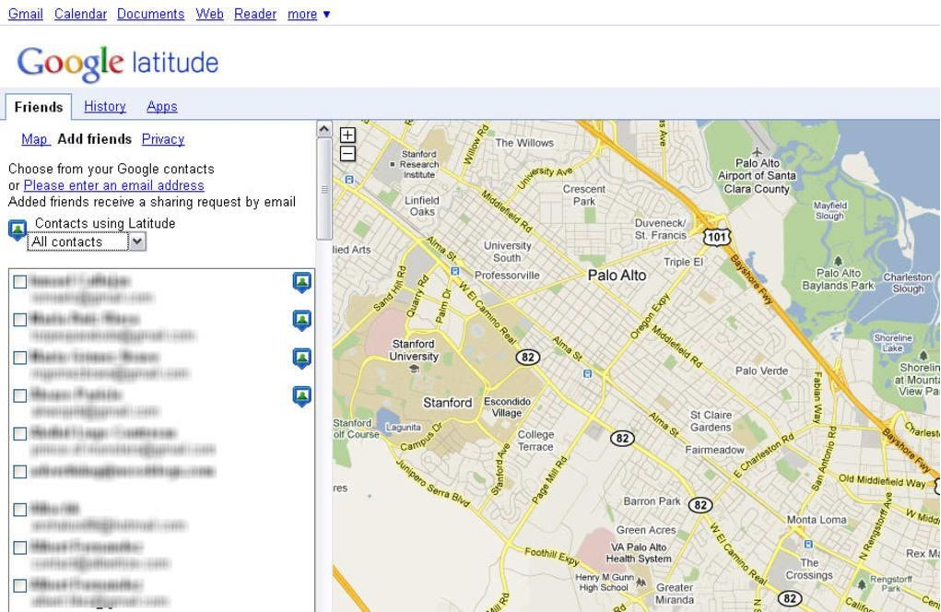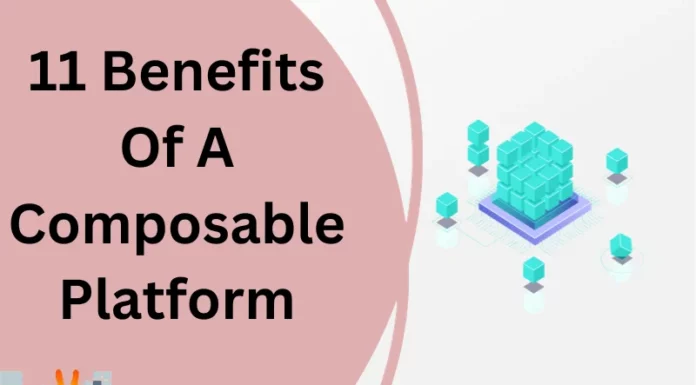Google is renowned for its outstanding and well-liked software offerings that have made the internet experience more convenient. We have grown accustomed to utilizing Google’s products regularly because of how simple and quick they are, from the Search Engine to Google Maps. What about Google’s various product failures? Tracking the abandoned products of the big G is the focus of websites like Google Cemetery, Killed by Google, and Ars Technica’s Google Kills Product series. Here is a list of the most intriguing abandoned Google projects assembled by us.
1. Google+
When Facebook and Twitter were at their height, Google tried to enter the social media landscape with Google+. Designed to be a digital version of offline social interaction, it lets users form “Circles” around particular interests. Although there was considerable initial excitement about Google+’s early growth statistics appearing promising, it eventually fell short of understanding what users required and wanted from social media.

2. Google Answer
In exchange for cash rewards, Google Answers enables curious individuals to ask questions to the internet hive mind. Still, it gradually turned into a troll and spammer haven. In 2014, Google Questions & Answers replaced it. We have algorithm-based Google search answer boxes for all our queries.
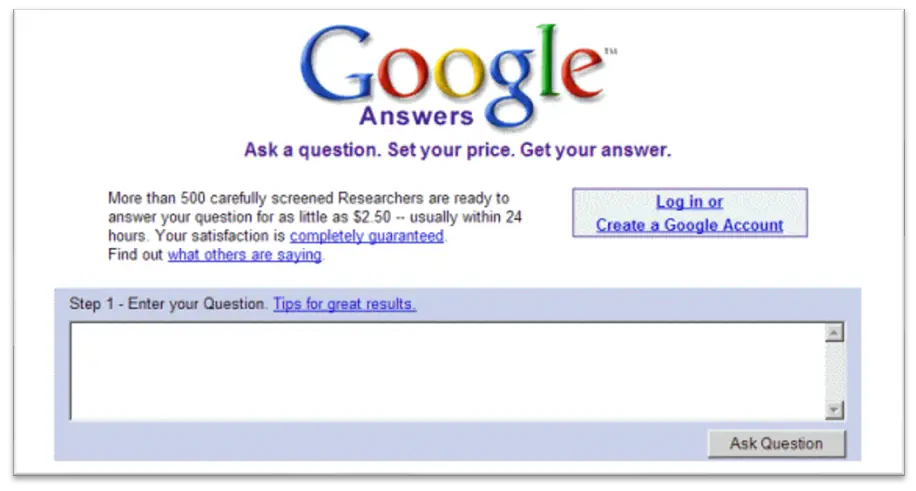
3. iGoogle
With the iGoogle web gadget tool, you can add widgets like sidebars, countdown timers, YouTube channels, personal lists, eBay gadgets, etc. Google announced plans to shut down iGoogle on November 1, 2013. There was a claim that the business had degraded over time and would never reopen.
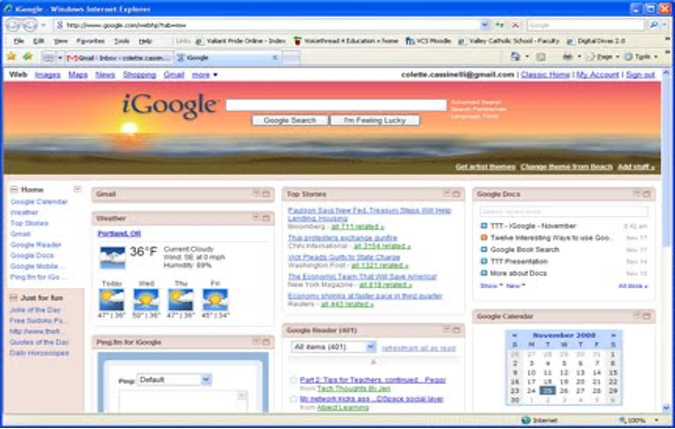
4. Google Wave
Wave is a web-based computing platform and communication protocol designed to unify the primary functions of media, such as email, instant messaging, wikis, and social networks. Communication using the system can be synchronous or asynchronous. The extension provides spell and grammar check pop-ups, automatic language translation, and other features.

5. Google Buzz
Google Buzz is another attempt by Google to compete with Twitter. It is essentially a clone of Twitter, the main difference being that it is directly integrated with Gmail to display users’ content in their inboxes. Google doesn’t offer anything new with Google Buzz, and the platform has no competitive advantage over Twitter.
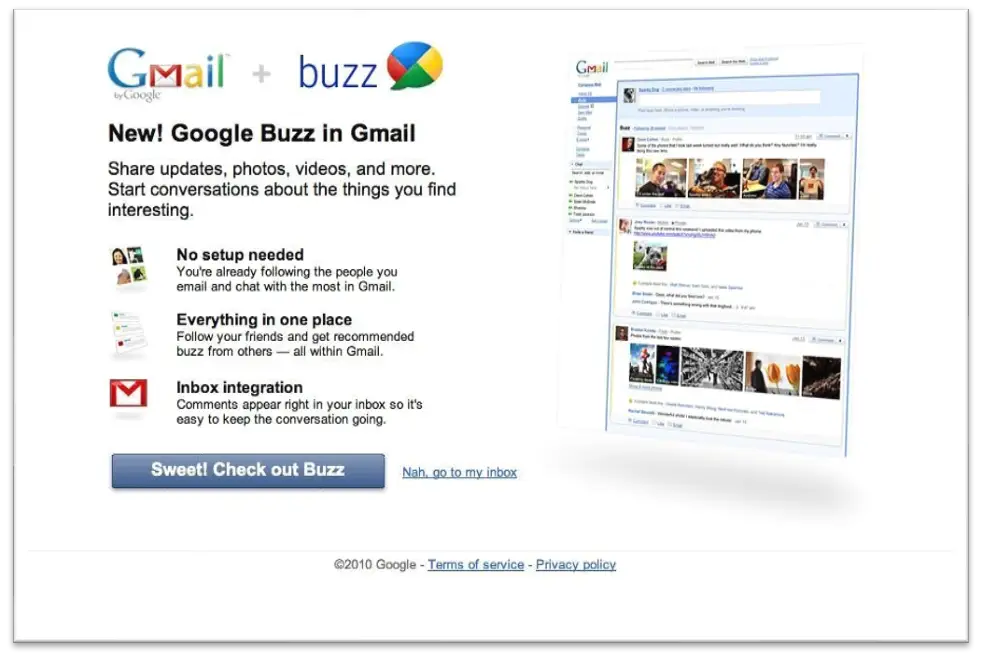
6. Google Desktop
It’s a nifty sidebar program that you can install on Linux, macOS, and Windows. It puts a set of search engines on your desktop for browsing local files and provides quick access to the clock, weather, news feed, Gmail feed, and stored photos locally on the PC, among other things. Google killed the desktop when it started focusing more on cloud storage. It’s helpful software that naturally becomes obsolete as desktop operating systems offer similar built-in functionality.

7. Tango
Tango, formerly Project Tango, was Google’s augmented reality application development platform. Through immersive gaming, for example, these apps would enable users to engage with their physical surroundings in various ways from their smartphones. Google discontinued Tango in favor of ARCore, another augmented reality platform on top of which app developers can build. Tango got replaced because ARCore is still in use,

8. Google Reader
Google Reader is an RSS feed created in 2005. It is a platform that provides news and information to people. On March 13, 2013, Google announced the discontinuation of Google Reader, stating that the product had a loyal but declining user base.

9. Google Listen
The release of Google Podcasts in 2018 saw the big G enter the controversial arena of podcast apps, but this isn’t Google’s first stab at podcast apps on the Play Store. However, Google Listen didn’t last long as other top podcast apps pushed it up the charts and eventually fell into oblivion.

10. Google Latitude
Google Latitude allows Google Maps users with Google accounts to mark their location and track friends and family. As a successor to SMS-based Dodgeball, it was developed. Google finally integrated location records into Google and discontinued Google Latitude.
